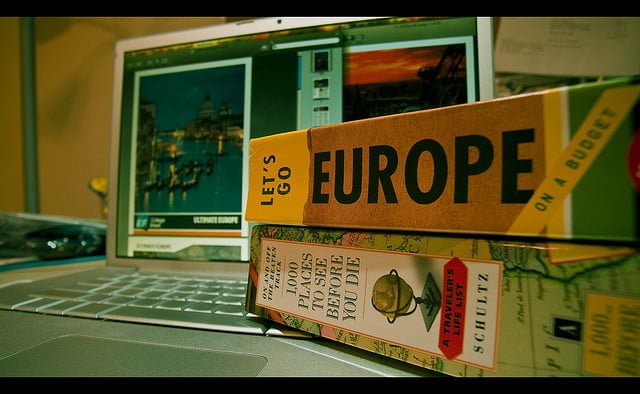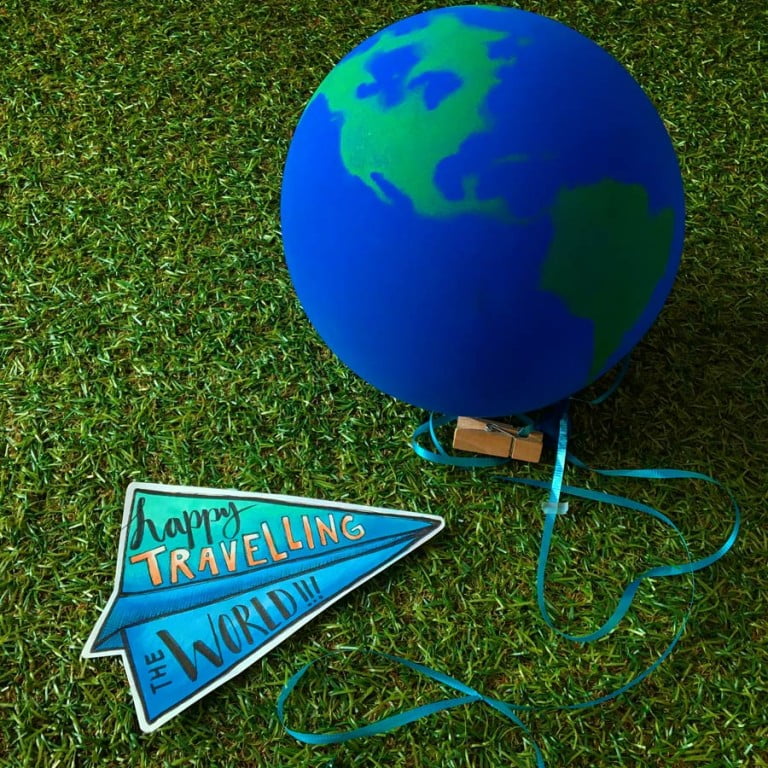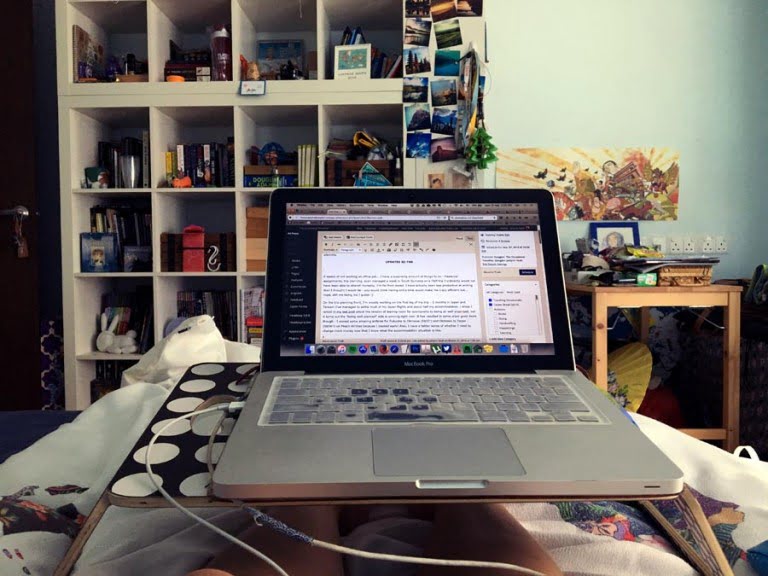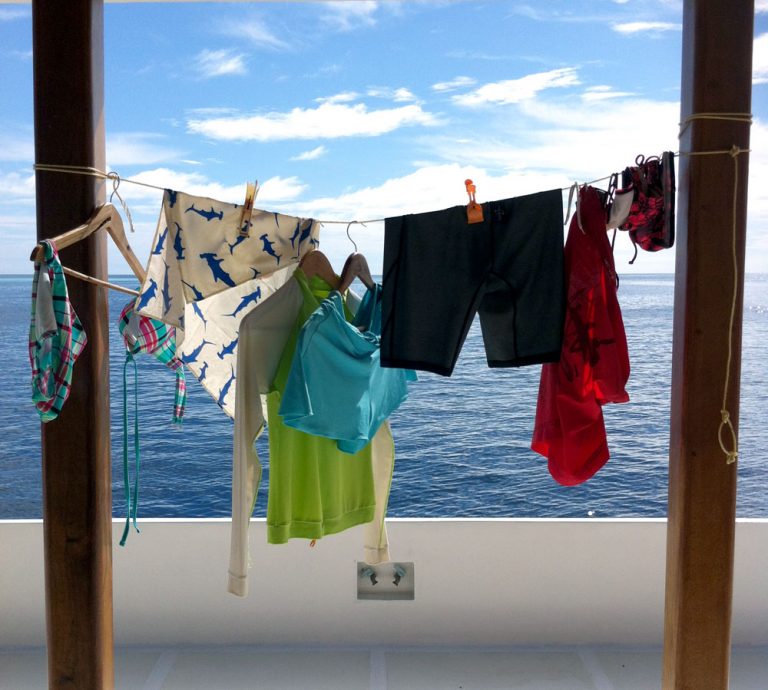Tips on managing your money while travelling
One of the most exciting and frustrating things about traveling is having to deal with foreign currency – these unfamiliar coins and notes are definitely a sign that you aren’t in home anymore. Depending where you are, your entire trip might be contingent on all that money you are carrying around like a baller, so making sure all that cash is kept safe and sound throughout the trip is pertinent. Here are some tips for handling your money when overseas:
Organizing your foreign currencies while travelling
Nothing is more frustrating than having to dig through your entire wallet to find the right change, and it is not particularly safe to pull out wads of bills to sort if you’re out in a crowded public space. While your wallet may be a mess at home, discipline yourself when managing your cash overseas. There are a couple of common sense things that you can do:
Separate pockets/pouches for different currencies
Tuck your home currency away somewhere safe – you aren’t going to need it until you return home, so this does not need to be easily accessed by you or anyone else. Keep it in a safe or hide it somewhere really obscure in your luggage, just make sure you don’t forget where.
If I have to deal with multiple currencies on the road because you are crossing borders, I have a whole bunch of mini ziplock bags that I can label and use to store foreign currency. I also either carry a purse with a few pockets to divvy up the currencies, or just carry separate purses to keep it all separate.
I admit I need to be a bit more disciplined with this myself – I kept pulling out Euros to pay people in the UK instead of pound notes because I hadn’t separated my money as well as I thought. And sometimes when I pay with a handful of change, I often mix up currencies without knowing until someone points it out to me.
Splitting and Stashing
I generally don’t keep all your money in one spot just in case I get pickpocketed. I usually have a main wallet where I pay for most of my expenses from, but I also have some ‘safety money’ stashed away, both on my person and in my day bag and luggage. The idea is that in case anything gets stolen, I’m not going to lose all my money because my proverbial eggs are in plenty of different baskets.To bastardise more proverbs, I’m that squirrel with many stash spots that sometimes I need to write them down because I forget where I’ve hidden cash.
But it does mean I have to keep a close eye on my money to make sure I don’t run out when I’m out – I usually spend the evening before sorting out how much I have left in my main wallet, and then I move my money around accordingly. I do this not just for cash, but with credit cards as well – I keep an ultimate emergency stash of one credit card and some USD in an unimaginable spot.
Some possible hiding spots for you to consider
- Inside a journal/book I’m carrying
- In my passport or passport holder
- With my dry toiletries (like sanitary pads)
- With my spare shoes
- Inside underwear – I’ve heard many women make full use of padded bras
Staying Cashless
Some people forgo carrying wads of money around and just carry an ATM card instead, withdrawing money as and when they need it. While it’s a quick and easy way to have local currency on hand without worrying about how to keep it, the exchange rate is pretty lousy (it varies from bank to bank, check before you depart). So it may not be the most worthwhile thing to do on short trips, but you will probably have to do this on long trips.
This was primarily how I got my money on the go during my Career Break – a lot of people aren’t convinced that their ATM cards won’t work overseas, and yes it’s true that not all the local banks will take your card (I usually look out for a Cirrus/Plus sign), but most places that see tourists have working ATMs, all the better for you to spend. I do some trip research to see whether it makes sense to change money back home first, or if I should change money overseas. Quite honestly, it’s easier to do this at home at a place that you know and trust, because unless you are changing huge amounts of money, the difference usually isn’t that significant, and I rather pay for peace of mind then worry about dodgy money changers overseas.
I carry an ATM card and a credit card for bigger ticket purchases (remember to activate it for overseas use before your trip) so I don’t use my changed currency so quickly. Make sure you keep an eye on your credit card bills when you return though – some unsavoury shops might steal your credit card details, so make sure you keep your receipts and be vigilant when it comes to checking your bill after your trip.
What are your money managing tips when you’re overseas? Do you have any good hiding spots?
Crossposted from Go! Girl Guides, where I was a contributing blogger.






